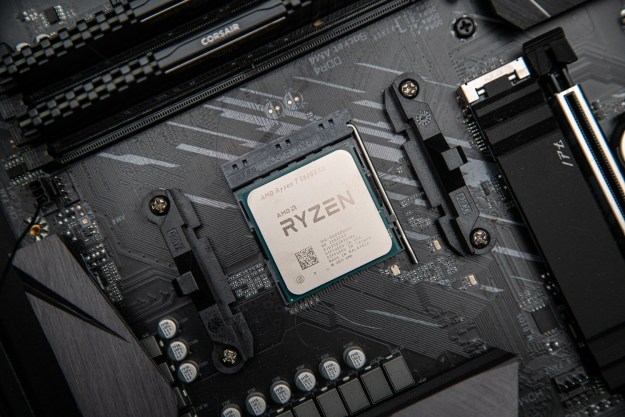Tuberculosis, a bacterial disease which predominantly affects the lungs, isn’t all that common a sight in the United States. On average, fewer than 10,000 cases are reported each year in a country with a population of 325.7 million. In developing countries, it’s a different story, however. More than 95 percent of cases and deaths of TB take place in these countries, with the majority of patients are adults in their most productive years.
While TB can be treated with the right medication, there are some big obstacles involved. One of the biggest is the increasing number of drug-resistant tuberculosis strains. That’s something researchers at Brock University in Ontario, Canada have been working to help with. With this goal in mind, they have developed microscopic nanobots capable of determining whether a blood sample not only contains the tuberculosis bacteria — but also bacteria with the necessary mutations to make it drug-resistant.
These nanobots reduce the length of time it takes to test for drug-resistant TB, slashing it from anywhere up to six weeks down to mere hours. A faster diagnosis can lead to better, more accurate treatment, as well as reducing the threat and spread of drug-resistant strains.

“What we have developed is a nanoscale machine that detects disease biomarkers with high sensitivity and specificity,” Feng Li, an assistant professor in the Department of Chemistry at Brock University, told Digital Trends. “Specifically, this machine is made by chemically attaching hundreds of synthetic DNA molecules on a 20nm gold nanoparticle. The sequences of synthetic DNA molecules were designed using computer simulation so that the nanomachine could discriminate single nucleotide mutations. [This is] an important class of genetic marker for diseases such as drug-resistant infections and cancer.”
When the nanobot is dropped into a serum extracted from human blood, it will glow if the sample is found to contain drug-resistant tuberculosis bacteria. If the sample is free of disease, the robot stays turned off.
As smart a solution as this is, however, its application will remain limited unless it can scale in a way that is cost-effective in developing countries. While the technology is still at a very early stage, Li said scalability and cost are at the forefront of their minds. “We will keep improving this technique and hopefully it can benefit patients at developing countries in the near future,” Li continued.
A paper describing the work was recently published in the journal Chemical Science.
Editors' Recommendations
- GPU prices are back on the rise again
- Samsung just teased its Oura Ring killer — the Galaxy Ring
- Nvidia may launch three new Super GPUs to fight back AMD
- UFC 286 fight card: Who’s stepping into the Octagon tonight?
- Scientists use powerful lasers to divert lightning bolts


